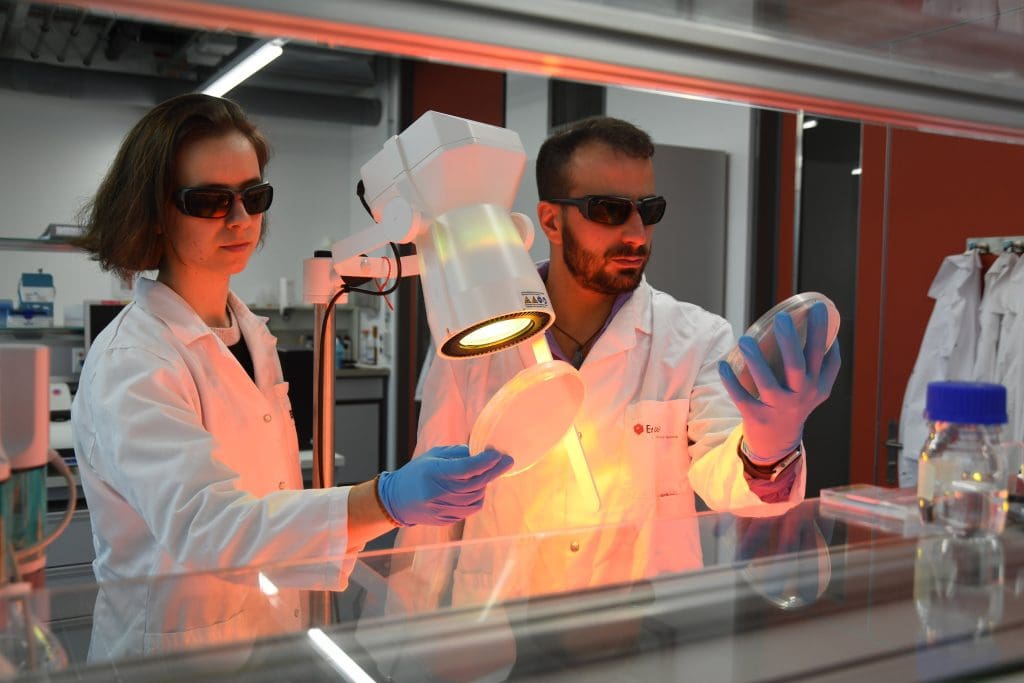Antibiotic resistance: “The new material is designed to kill microorganisms locally and quickly”
Antibiotic-resistant bacteria and novel viruses are increasingly threatening global health. Every year, about five million deaths are associated with resistant germs, while the COVID-19 pandemic claimed over 20 million victims worldwide. Researchers at Empa are working on innovative strategies to combat the spread of such pathogens. An interdisciplinary team from three Empa laboratories and Palack├Į University in Olomouc has developed a biocompatible, metal-free surface coating that effectively kills microorganisms and can be reactivated by light.
The new coating consists of a polyvinyl alcohol matrix used in the food industry and contains specially synthesized graphene acid. This combination enables a double effect: heat is generated under near-infrared light, which kills germs, and oxygen radicals are produced that cause additional damage to pathogens. The coating provides continuous protection against a wide range of bacteria and viruses without promoting the development of resistance, as it acts independently of classical antibiotics. Laboratory tests confirmed its effectiveness against various microorganisms.

“The new material is designed to kill microorganisms locally and quickly,” explains Giacomo Reina from Empa’s Laboratory for Nanomaterials in Health Care in St. Gallen.
One focus of the application is dentistry. In cooperation with the Center for Dentistry at the University of Zurich, a dental splint is being developed that fights microorganisms in the oral cavity. Bacterial biofilms in the mouth, which are often resistant to antibiotics and disinfectants, can damage teeth or cause systemic infections. The splint integrates nanomaterials such as graphene acid and can be activated by near-infrared light that penetrates several centimeters deep into the tissue. This allows repeated use without invasive procedures.
The project is supported by donations from the Eduard Aeberhardt Foundation and another foundation. The development combines materials science and clinical research to create innovative solutions for patient care. In the future, the coating could also be used on surfaces such as door handles or medical devices in hospitals to prevent the spread of resistant germs. The research marks an important step in the fight against antibiotic resistance and offers prospects for new, sustainable approaches in infection control.
Original Paper:
Editor: X-Press Journalistenb├╝ro GbR
Gender Notice. The personal designations used in this text always refer equally to female, male and diverse persons. Double/triple naming and gendered designations are used for better readability. ected.




